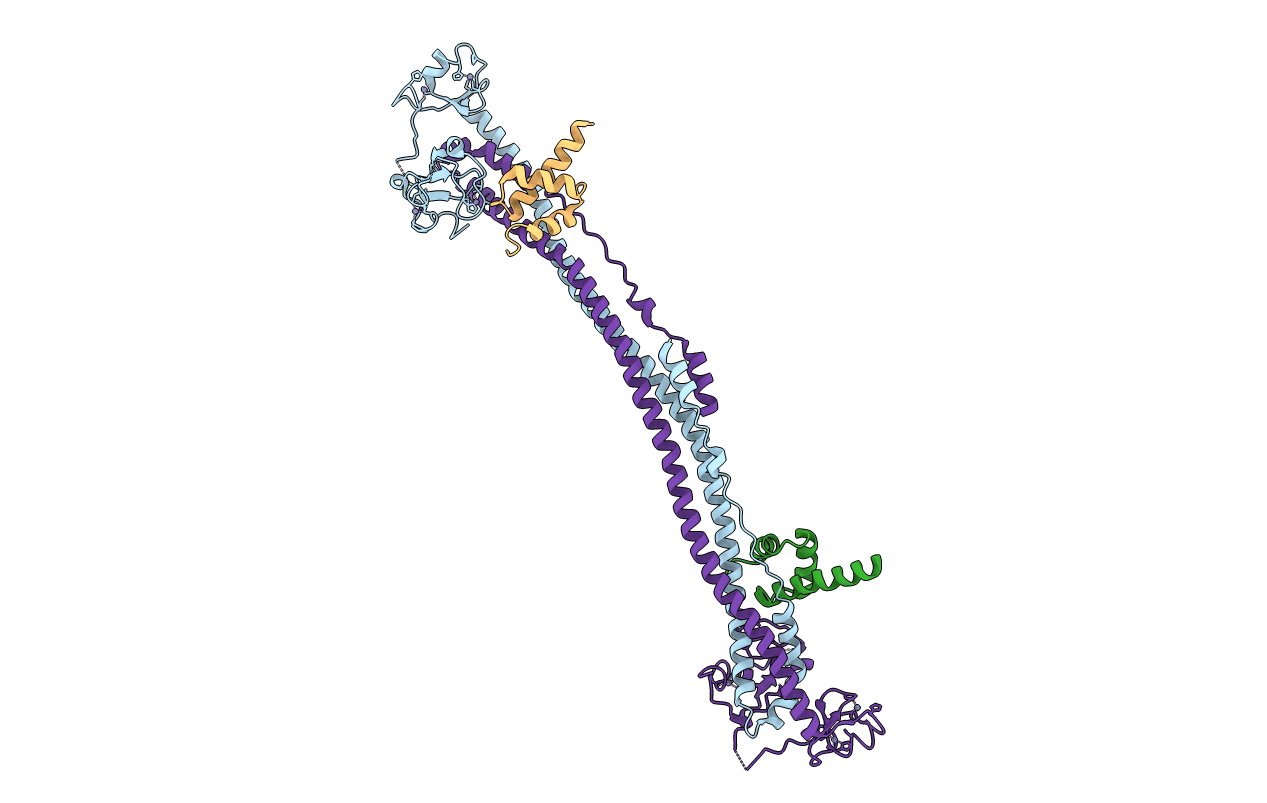
Deposition Date
2018-07-17
Release Date
2019-06-26
Last Version Date
2024-05-15
Entry Detail
PDB ID:
6H3A
Keywords:
Title:
Crystal structure of the KAP1 RBCC domain in complex with the SMARCAD1 CUE1 domain.
Biological Source:
Source Organism:
Homo sapiens (Taxon ID: 9606)
Host Organism:
Method Details:
Experimental Method:
Resolution:
5.51 Å
R-Value Free:
0.30
R-Value Work:
0.27
R-Value Observed:
0.28
Space Group:
I 2 3


